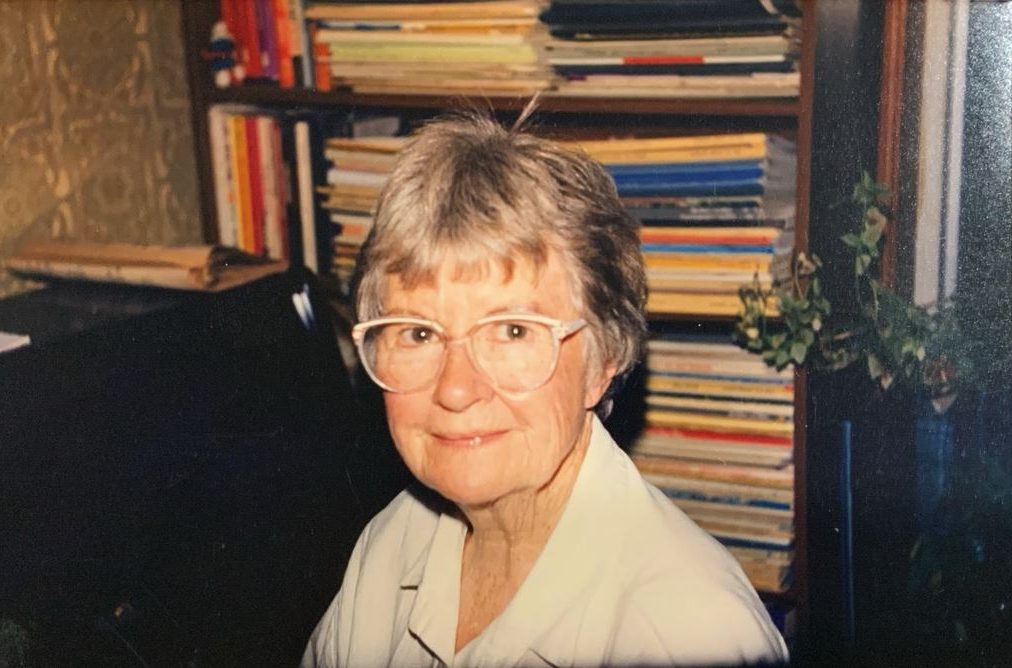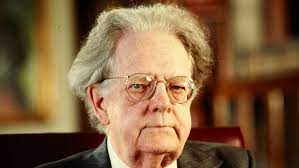Gwen Harwood Biography and Notable Works
Early Life and Education
Pseudonyms and Early Publications
The 1960s: A Decade of Literary Recognition
The 1960s marked a turning point in Gwen Harwood’s literary career. Her poetry gained widespread recognition, and she began to receive awards and accolades. Her collection “Poems” (1963) and “The Lions and the Shadows” (1968) established her as a significant voice in Australian literature. Harwood’s distinctive blend of intellectual depth, emotional resonance, and linguistic precision captivated readers and critics alike.G
- “Poems” (1963): This collection marked a significant point in Harwood’s career, bringing her widespread recognition as a major Australian poet. The poems in this collection cover a diverse array of themes, including motherhood, love, and the intricacies of human relationships.
- “The Lions and the Shadows” (1968): Another influential collection that expanded Harwood’s exploration of themes such as memory, time, and the complexities of existence. The title poem in this collection is often celebrated for its intricate use of language and profound reflections on life.
- “Writings to an Unfinished Accompaniment” (1977): This collection further demonstrates Harwood’s intellectual depth and poetic craftsmanship. The poems in this volume engage with philosophy, literature, and the intersection of the personal and the universal.
- “Bone Scan” (1988): Harwood’s later collection, “Bone Scan,” reflects a continued exploration of mortality, memory, and the human experience. The poems in this collection are characterized by their reflective and introspective tone.
- Libretti for Operas: In addition to her poetry, Harwood made significant contributions as a librettist for operas. Her collaborations with composers, including Larry Sitsky and James Penberthy, resulted in works such as “Helen Redeemed” and “Miracles.”
- “A Steady Storm of Correspondence: Selected Letters of Gwen Harwood 1943-1995” (2001): While not a work written by Harwood herself, this collection of her letters provides valuable insights into her life, thoughts, and creative process. Edited by Gregory Kratzmann, it offers readers a glimpse into the mind of the poet.
1. Tone:
Tone refers to the writer’s attitude toward the subject matter or audience. It can be formal, informal, serious, humorous, or a blend of different tones. The tone sets the overall mood of the writing.
2. Voice:
Voice is the unique personality that comes through in a writer’s work. It reflects the author’s distinctive way of approaching and interpreting the world. Developing a strong and authentic voice is a hallmark of a unique writing style.Gwen Harwood Biography and Notable Works
3. Diction:
Diction refers to the writer’s choice of words. It includes vocabulary, word usage, and the level of formality. Writers often choose words that align with the tone and purpose of their writing.
4. Sentence Structure (Syntax):
Sentence structure involves the arrangement of words and clauses in a sentence. Some writers prefer short, concise sentences, while others favor longer, more complex structures. Syntax contributes to the rhythm and flow of the writing.
5. Imagery:
Writers use imagery to create vivid mental pictures in the reader’s mind. Descriptive language, sensory details, and metaphorical expressions contribute to the overall visual and emotional impact of the writing.
6. Pacing:
Pacing refers to the speed at which a story or piece of writing unfolds. It involves controlling the rhythm and tempo to create tension, build suspense, or allow for moments of reflection.
7. Point of View:
The choice of point of view (first person, third person, omniscient, etc.) affects how the story is told and the reader’s relationship with the characters. It influences the narrative style and the depth of insight into characters’ thoughts and emotions.
8. Narrative Structure:
The structure of a piece, whether linear or non-linear, influences the overall reading experience. Some writers may use a chronological structure, while others experiment with flashbacks, multiple perspectives, or other narrative devices.Gwen Harwood Biography and Notable Works
9. Dialogue:
The way characters speak, the choice of language in dialogue, and the use of dialect or specific speech patterns contribute to the writer’s style. Dialogue can reveal character traits and enhance the authenticity of the narrative.
10. Cohesion and Unity:
A writer’s ability to maintain cohesion and unity in their work, connecting ideas and themes seamlessly, is a hallmark of effective style.
11. Cultural and Contextual Influences:
Cultural background, personal experiences, and the socio-political context in which a writer exists can shape their writing style. These external factors contribute to the unique perspective a writer brings to their work.
Conclusion:
Writing is a multifaceted and deeply personal endeavor, and developing a unique writing style is an ongoing journey. Writers craft their individual voices through a combination of tone, voice, diction, syntax, and other elements that make their work distinctive. Embracing experimentation, seeking inspiration from various sources, and staying true to one’s voice contribute to the evolution of a writer’s style.Gwen Harwood Biography and Notable Works
The interplay of creativity, self-expression, and technical skill creates a literary fingerprint that sets each writer apart. Aspiring writers should view the development of their writing style as an exploration, allowing room for growth, adaptation, and the discovery of their authentic creative selves.When did Gwen Harwood write father and child?,When did Gwen Harwood marry?,Why is Gwen Harwood a famous poet?,Who inspired Gwen Harwood?,Why did Gwen Harwood write in the park?,Where did Gwen Harwood live?,
FAQ:
1. How do I find my writing voice?
Finding your writing voice involves exploring different styles, genres, and themes. Write regularly, experiment with different tones, and pay attention to what feels most authentic to you. It’s a process of self-discovery and may take time.
2. Can I have more than one writing style?
Absolutely. Many writers evolve and adapt their style based on the genre, theme, or purpose of their writing. Having a diverse range of styles allows for flexibility and creative exploration.
3. Should I follow a specific writing style guide?
While style guides can provide valuable rules and conventions, your writing style should ultimately reflect your unique voice. It’s essential to balance adherence to guidelines with the freedom to express yourself creatively.
4. How can I improve my writing style?
Read widely, seek feedback from others, and be open to experimentation. Pay attention to the styles of writers you admire, and consider taking writing workshops or courses to refine your skills.
5. Can my writing style change over time?
Yes, writing style is dynamic and can evolve as you gain more experience, encounter new influences, and refine your craft. Embrace the growth and changes that come with your writing journey.
6. Is it important to be consistent in my writing style?
While some level of consistency can help establish your authorial identity, don’t be afraid to experiment. Writers often evolve, and a willingness to adapt and explore different styles can enhance your creative range.


















